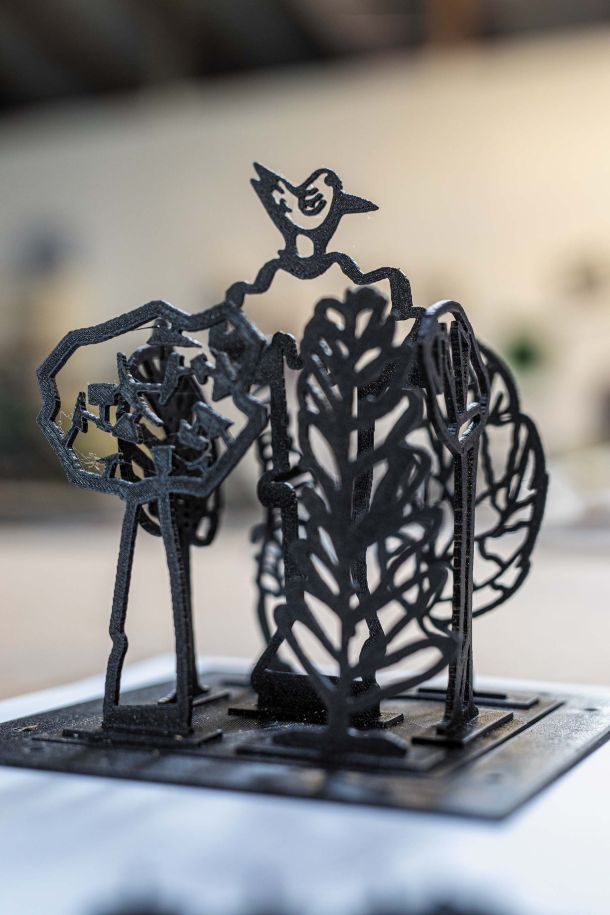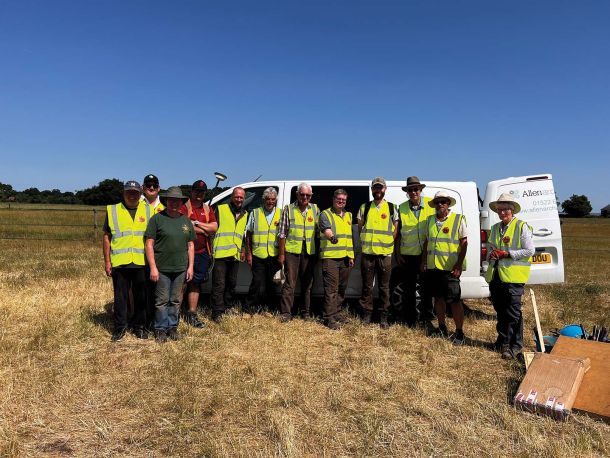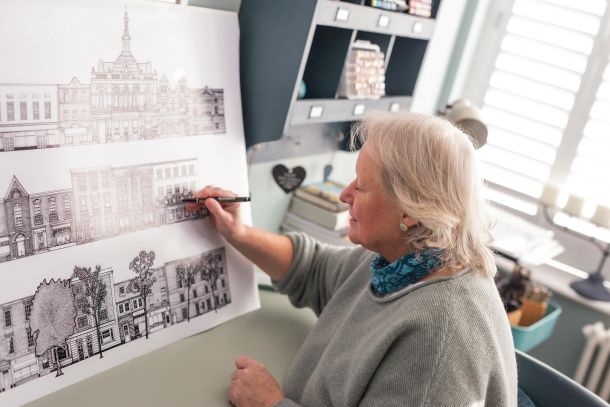The City of Caves…

Few people are aware of this fascinating facet to Nottingham’s heritage and core. The city’s network of caves is the largest in the UK, including the only cave tannery in the country.
People worked and lived in this underground ‘city’ for over 1,000 years and every cave is man-made having been cut into the sandstone by the city’s inhabitants for use as houses, cellars and place of artisan work or trade. Even for use as air raid shelters offering a safe place during the Second World War.
As we meander our way along the route that is accessible to the public we discover that each cave is unique and would have been created for a specific purpose, some even with elaborate carvings, pillars and staircases. It’s really quite extraordinary.
The caves were originally listed as a scheduled monument by Historic England under the name Caves at Drury Hill, Drury Hill being the medieval street under which they were formerly located until it was demolished to make way for the Broadmarsh Shopping Centre. In recent times they were renamed to City of Caves in a nod to their significance in Nottingham’s past and their sheer scale underneath the city.
In olden times Nottingham would have started as an area full of stony cliffs and ridges that the locals or many travellers that passed though could cut and scrape away to form a place to shelter or to live in. The stone itself is over 160 million years old and was formed when this part of England was the delta of a great river. It stretched from Sherwood Forest, some 20 miles to the north of the city, to right where the caves stand at the edge.
The City of Caves visitor attraction has seen huge investment to allow it to maintain and keep sections of the caves open for the public to enjoy and to help ensure that this facet to the city’s history remains very much alive as an intriguing educational centre. For many years it was accessed via the upper level of the now abolished Broadmarsh shopping centre and at present can only be accessed from Garner’s Hill. It is managed by the National Justice Museum, which offers joint tickets to both attractions.
As of 2018 more than 800 caves in the city have been catalogued by Nottingham's City Archaeologist, Scott Lomax, including approximately 200 that were only rediscovered, through research by the City Archaeologist, since 2016. When construction for the Broadmarsh shopping centre began in the late 60s plans to fill the caves with concrete caused public outcry. Fortunately, extensive study by Nottingham City Council assisted by The Nottingham Historical Arts Society ensured the caves were eventually listed as an ancient monument and development plans were changed to preserve most of them. Volunteers from the 2418 Sherwood Squadron Air Training Corps and Rushcliffe School cleared the caves paving the way for the Friends of Nottingham Museum to open tours to the public in 1978.
It was the start of a long and rewarding journey into ensuring their preservation, new discoveries and bringing their importance in the city’s trade and society history to the forefront of the public eye.
As we walk around and stop to look in detail at each cave and take time to reflect on how it must have been deep down under the ground those times it’s incredible to think that this formed the fabric of city life. Surprisingly the caves still feel refreshingly alive rather than forgotten and each cave has varying features, so you never quite know what to expect as you turn each corner.
The tannery is quite exceptional and is the only known medieval tannery in Britain. The Pillar Cave, which was originally cut around the year 1250, but filled by a rockfall in 1400 was cleared and reopened as part of the tannery in the 1500s with circular pits created to hold barrels. Another cave was also cut with rectangular clay-lined vats, possibly used for sheep or goat skins rather that cowhide, due to their size. An opening into the River Lean enabled the workers to wash the skins. Prior to their use for leather trade and tanning the caves had malt kilns used for making pottery. The tannery was particularly successful and thus preferred as the constant temperature of the sandstone aided the leather making process.
Another notable point in the caves’ role in city’s history and fast forwarding to more recent times is seen in a section of the caves that had been joined and expanded to house up to 86 air raid shelters within the sandstone beneath the city. From 1941 these actively protected inhabitants during the bombing attacks of the Second World War. Holes were also dug in the underground network to supply sand for the sandbags that were used overground in the city.
We also discovered the Horseshoe Caves, fondly known for once housing the cellar of the Three Horseshoes Pub. Unusual in its shape, almost halfmoon like and giving the feel of a mini natural auditorium as you walk around it. These caves were not just used for storage but also as a meeting point for secret deals and conspiracies, and one can only imagine how many outlaws and smugglers met up there.
As we returned to ground level and talked to the City Of Caves Visitor Centre team it was really fascinating to see that discoveries are very much ongoing and some of the sections are used for archaeological training. There is a great sense of pride and wonder that something deep in the dark can bring so much light…
The City Of Caves is open daily from 10am until 5pm.






